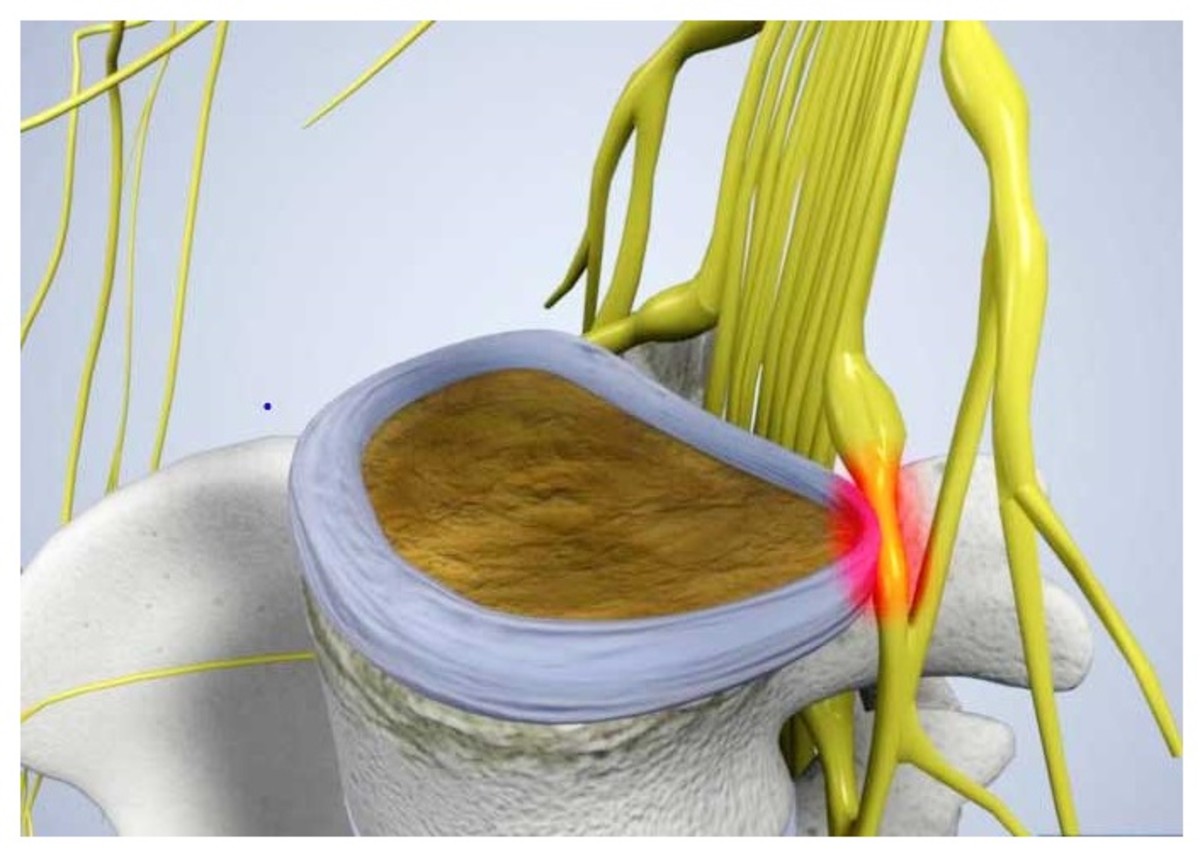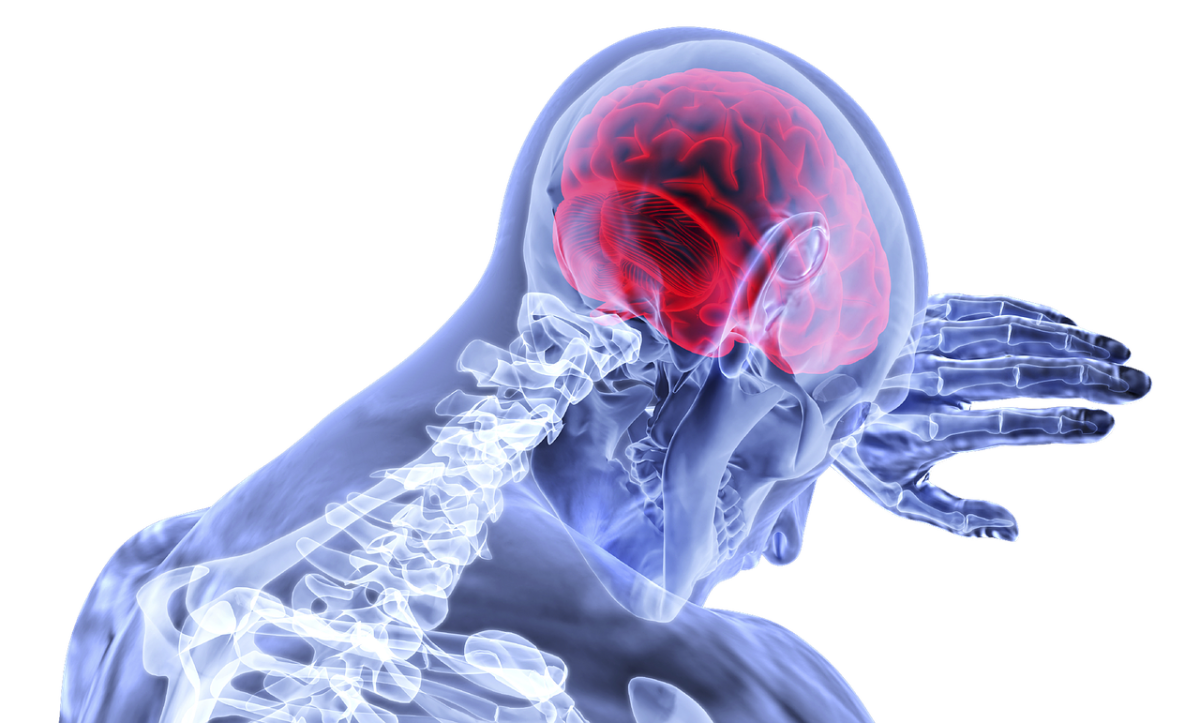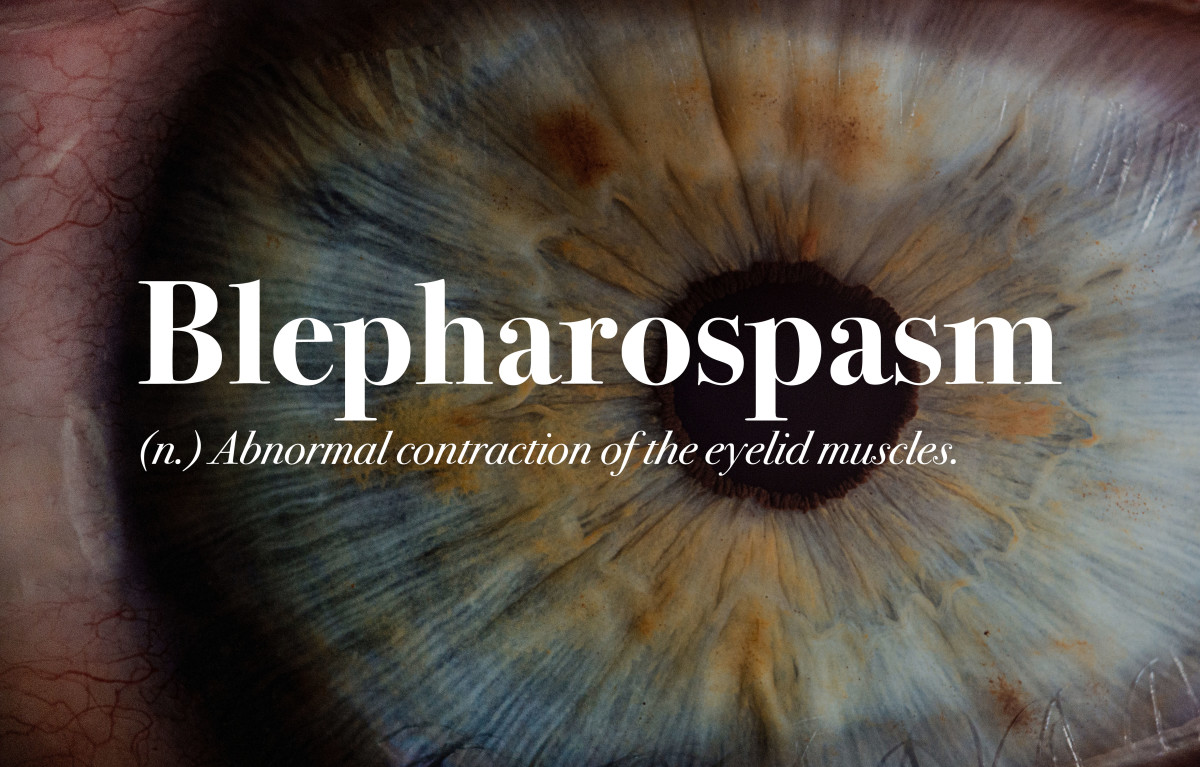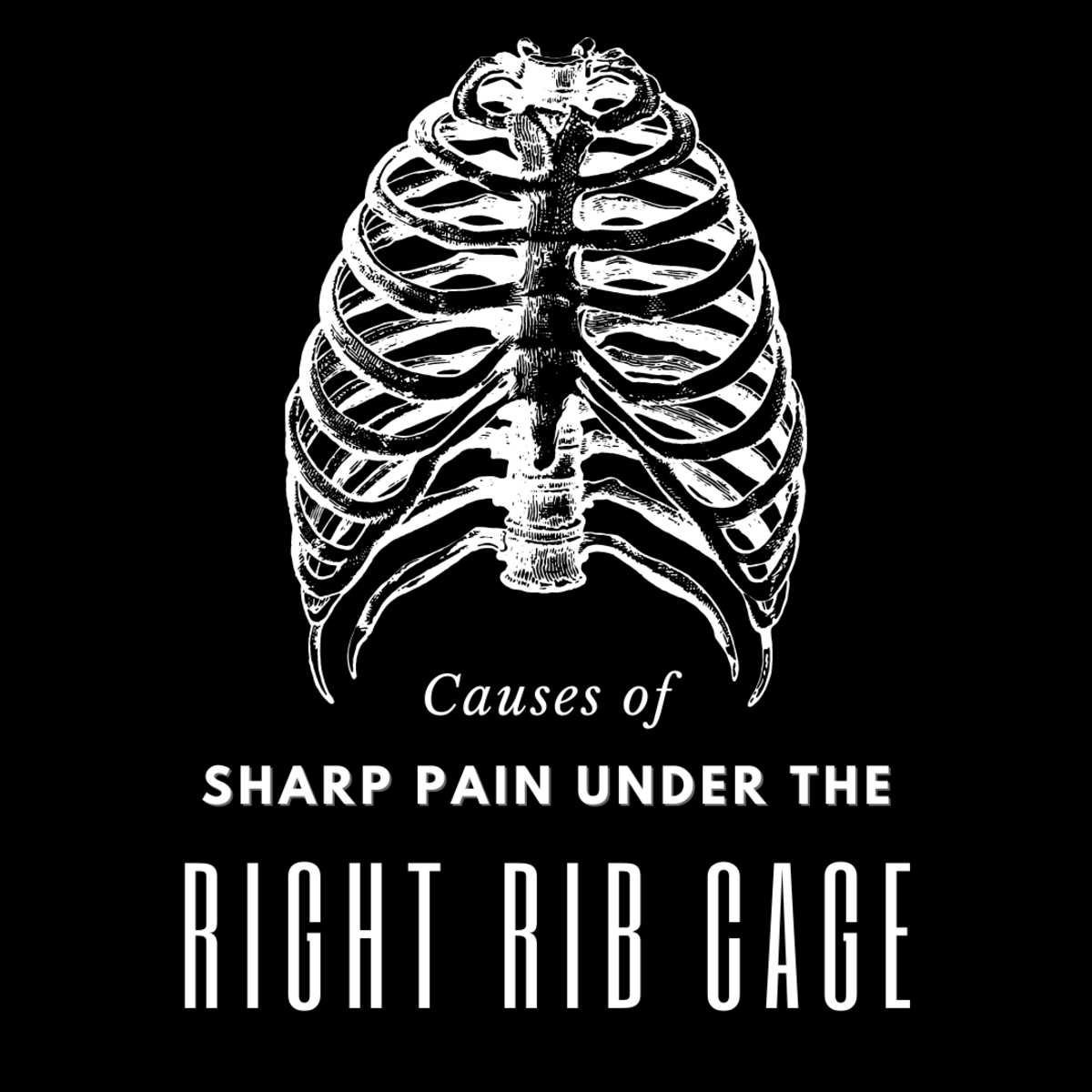What is sciatica, its origin, and how it is treated?
What is sciatica?
Sciatica is a painful syndrome, which is caused by inflammation of the sciatic nerve that is most probably caused by neuritis or in simple words inflammation of the nerves. Sciatica’s most important symptom is tingling or paresthesias, which are located in the leg and thigh area, which is an irradiation of sciatic nerve territory, and this tingling can sometimes reach muscle atrophy. The most prominent cause is HLD or a herniated lumbar disc that can produce an injury for whole life and can be more or less bearable by affected patients. This ailment requires a series of postural/functional hygiene that depends on developments in the medium and long-term health of the affected joint.
Sciatica mainly causes peripheral nerve injury or nerve root compression because of a space-occupying tumor or a bulging disc.
Symptoms of sciatica
The next common symptom is throbbing pain after numbness and paresthesias, which affect buttocks and can also tend to radiate outside of patient’s leg. This throbbing pain symptom can cause limitation of movement of affected limb, immobility of spine, hyporeflexia, and can also cause severe sensory disturbances. The pain can also radiate towards the foot.

Non-surgical treatment of sciatica after an episode of sciatica
There are many types of conservative or nonsurgical treatment options that are available to help calm down the sciatic discomfort and pain and two most common of them are:
- Alternating heat or ice treatment for acute sciatic pain. Heat and/or ice packets are easily available and help in relieving pain, but most probably in the starting phase of sciatica. The patient can be applied ice and/or heat according to the pain for approximately 20 mins and this application of ice and heat can be repeated every 2 hours. Most of the patients use ice first and others find much more relief with heat, so it is possible to alternate both ice and heat to help relieve the sciatic pain.
- Use of pain medications for sciatica treatment: Over-the-counter pain medications are very helpful in relieving sciatic pain. Non-steroidal anti-inflammatory drugs or NSAIDs for example naproxen, ibuprofen, oral steroids, and COX-2 inhibitors also help in relieving inflammation, which is the most contributing factor in sciatic pain.
From a practical point of view, sciatica treatment involves diagnosis of underlying cause of sciatic pain. Also, pain management physicians use epidural steroid injections for soothing down sciatica pain. If sciatic nerve pain is severe enough, epidural steroid injections can be done to calm down the inflammation. Epidural injections are different from oral medications like NSAIDs, etc. because the pain management physician injects the steroid medicine directly into the painful part around sciatic nerve to help reduce the inflammation, which causes pain. The steroid effects are temporary providing pain relief anywhere from 1 week to 1 year depending on person to person and person’s condition means much more chronic or acute. Steroid treatment does not work for every patient, as some patients start experiencing pain again in one month, three months, or six months, or a year of receiving their first epidural shot. It is confirmed by many practical studies that epidural steroid injections are mostly effective in providing relief in acute sciatica, but for people suffering from chronic sciatic pain, treating the underlying cause of inflammation becomes a primary factor. Physicians also perform epidural steroid injections to provide sufficient relief to allow a person to progress with an exercise program or a work-conditioning program as advised by the neurological doctor. Besides providing short‑term pain relief, pain management procedures like epidural steroid injections also carry a risk of side effects.
Please visit my previous hub, “Epidural Steroid Treatment and Side Effects” for more information on how this procedure is performed by the pain management doctors. In this article, I have also discussed, “How a celiac plexus block is performed?”, “How a sacroiliac joint injection is performed?”, and a “How a facet joint injection is performed?”.








